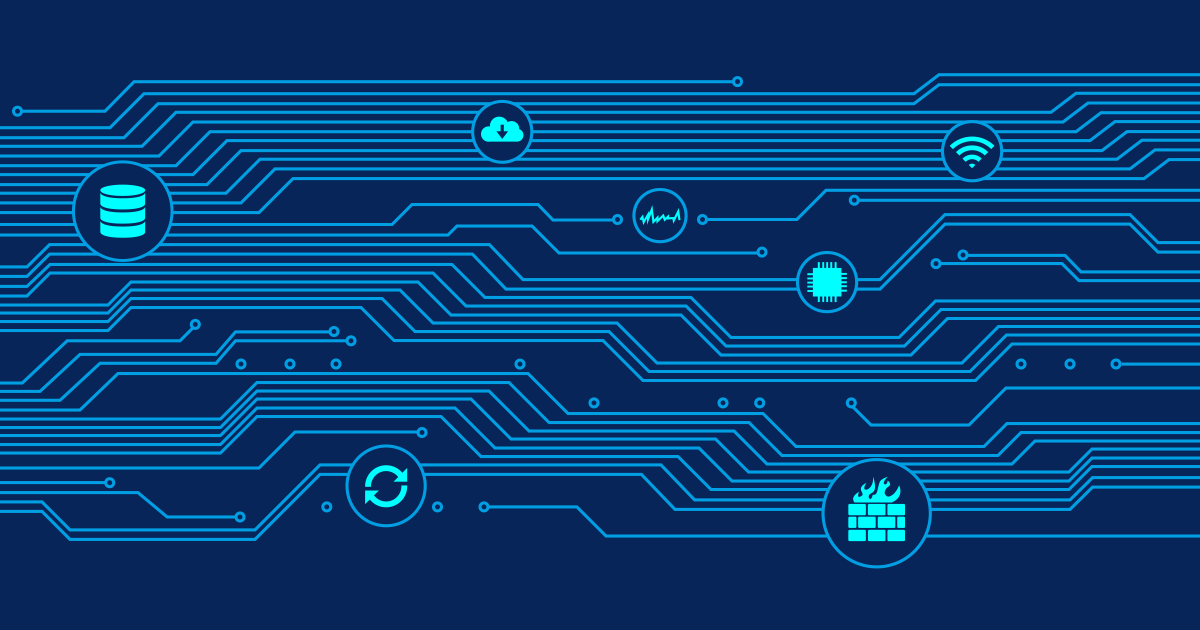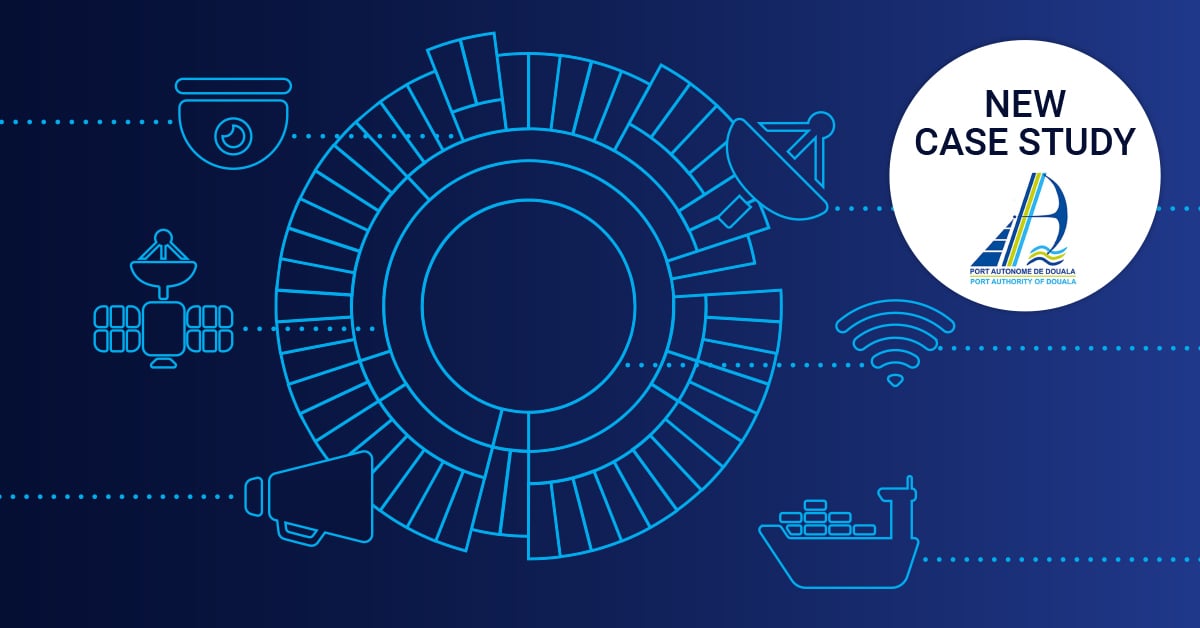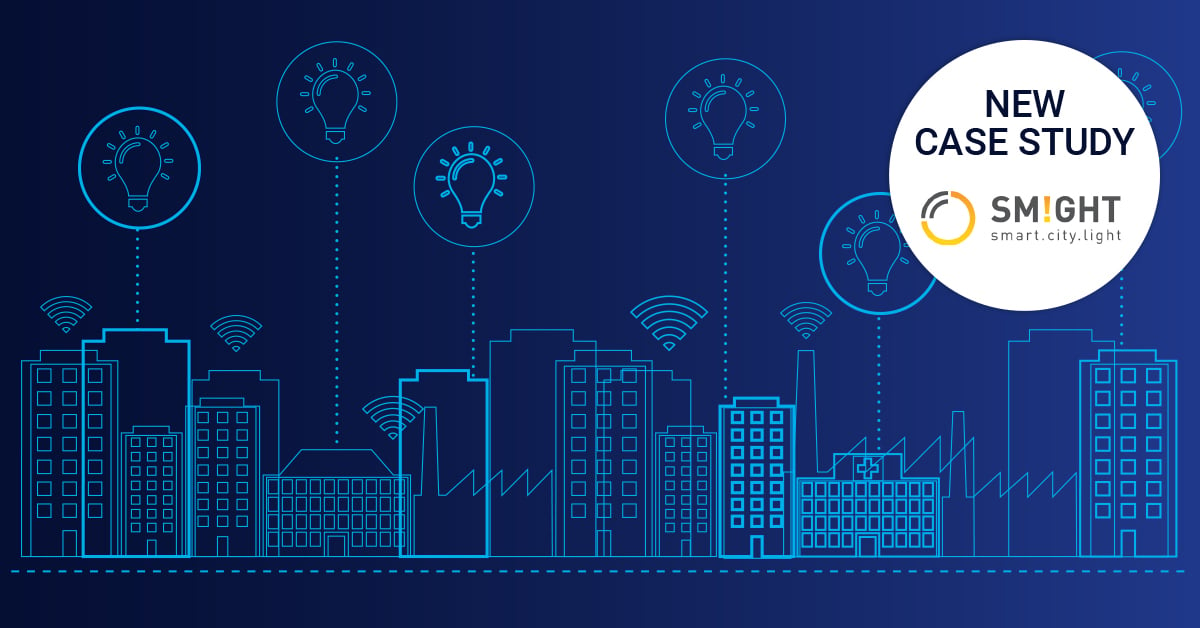Top Five Reasons to Use Network Monitoring in Your Network
 Originally published on August 20, 2006 by Dirk Paessler
Originally published on August 20, 2006 by Dirk Paessler
Last updated on March 03, 2022
•
4 minute read
#1: Ensure Regular Customer Traffic
Without Network Monitoring, the only way to find out if there is a problem accessing your website is to access it yourself. Checking the accessibility of each page is a daunting, if not impossible, task. Before you even realize there is a problem, you may have already lost the interest of prospective customers looking for information about your company, or current customers turning to your site for support. Regular automated monitoring, on the other hand, ensures that your customers do not face any problems accessing your Web pages. If a problem arises, you will learn about it quickly and be in a better position to fix the problem.
#2: Apply Your Disaster Recovery Plans in Time
A disaster recovery plan involving backup hardware or redundant servers in order to deal with sudden hardware failures is pointless without immediate knowledge of hardware failures. Network Monitoring provides instant notifications about such failures, allowing you to utilize your backup plans immediately to ensure minimum downtime.
#3: Know About Problems Before Your Customer Finds Out
Usually, a company learns about the website problems only after an irate customer informs them, or when an employee happens to stumble upon the problem. Network Monitoring provides instant notification in case of a problem. This allows you to deal with problems, such as broken links or slow speed, before your customers find out!
#4: Be Able to Plan and Implement Upgrades at The Right Time
Since many companies are not able to predict when problems will occur, they tend to put off implementing software or hardware upgrades until after problems arise. With Network Monitoring, you receive long-term performance trends that help you to plan and implement the necessary upgrades, such as adding more server hardware or increasing the bandwidth, without any inconvenience to your customers and minimal impact on your bottom line.
#5: Check and Proof SLA Agreements
Most companies have no idea whether their service provider is providing the services as per their agreement. They simply do not have an impartial way of measuring items such as speed and bandwidth. Network Monitoring enables you to do the following:
- Check if your service provider is fulfilling the specifications as per the service level agreement (SLA).
- Prove to your customers you are fulfilling your SLAs.








